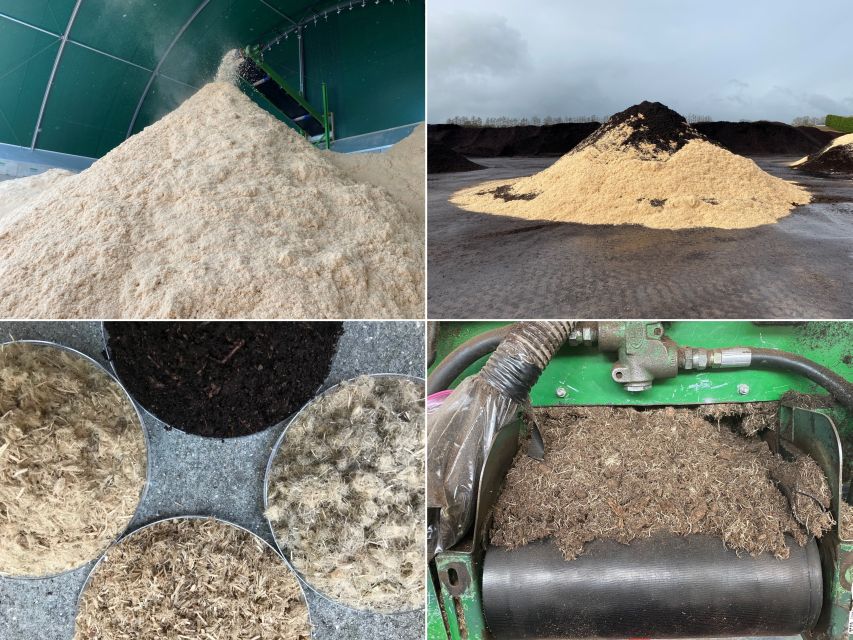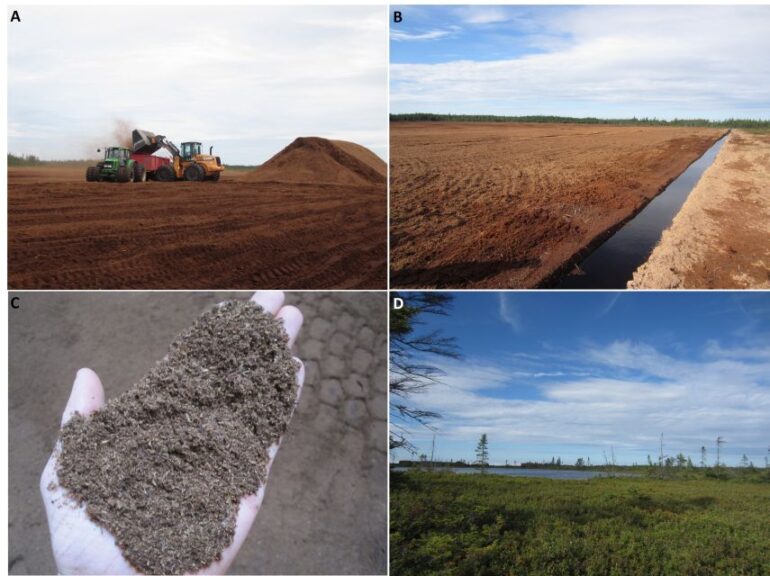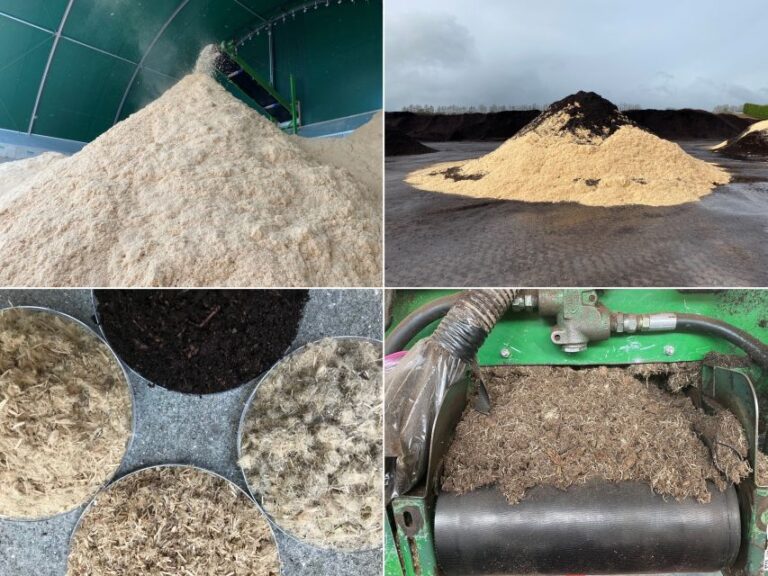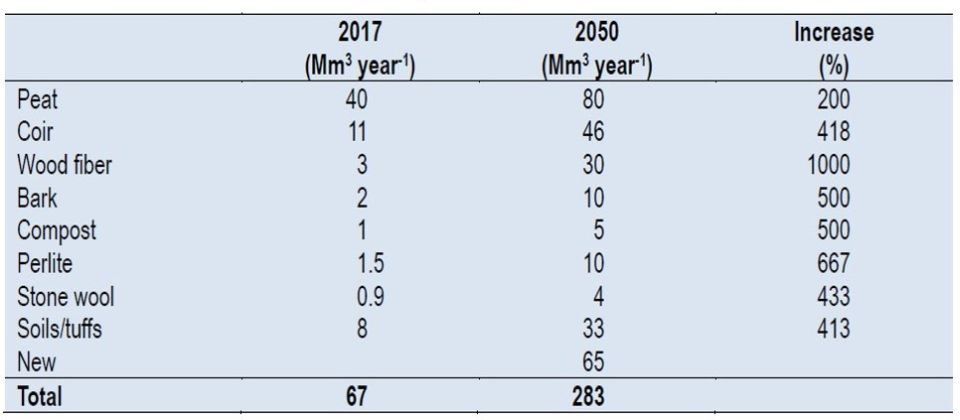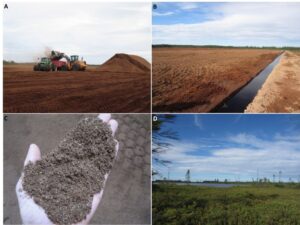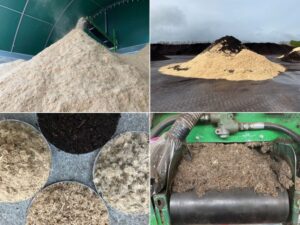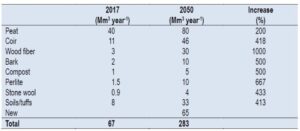Current and Future State of the Growing Media Industry
The growing media industry continues to face many challenges in acquiring, processing, transporting, and delivering some products in the volumes needed by many growers. However, there is a unified commitment by the growing media producers to continue working through these challenges. The growing media industry holistically has also experienced volatile geopolitical issues around the globe affecting many raw materials supplies, increased regulatory pressures on peat extraction and use, unpredictable weather patterns affecting harvests, transportation and labor shortages, as well as a growing amount of misinformation regarding sustainability of certain products and product availability.
More Peat, Please
The past year has proven difficult for many growers who were unable to acquire the peat products or product volumes they needed. Many turned to alternative peat materials when and where possible to fill the void of decreased peat supplies. Regarding peat availability, recent reports from the Canadian Sphagnum Peat Moss Association indicate that the 2022 summer extraction season in Canada did not meet projected yields, which means more peat supply shortages will continue in 2023 across nearly all peat suppliers.
It is important for all peat consumers to know that this does not mean “we are running out of peat in Canada” but instead it means that due to a wet summer and other logistical challenges, peat was not able to be extracted at the volumes desired. They also cannot just open more bogs to extract more peat very easily. This process takes seven to eight years to accomplish, therefore there is no “quick fix”. The producers are still heavily focused on peatland restoration on older bogs as part of their efforts to return these natural areas back into functioning ecosystems and carbon sinks.
Coconut Coir and Wood Products
As more non-peat materials are needed to complement and stretch annual peat supplies, the focus on coconut coir as a major component in soilless substrates has also increased globally. The reliable coir providers are feverishly working to meet this demand. Development of the Mexican coir market also continues to evolve and hopefully will be able to supply more volumes in the future to the North American market.
Wood products continue to increase in demand and adoption by peat producers and other mix manufacturers who need to stretch their annual peat supplies. Additionally, many growers are requesting wood products to decrease costs, because it’s the most (or only) available material for them to purchase, or to improve certain aspects of sustainability within their growing operation. Confidence has grown among many growers over the past several years regarding the use of wood products and the management changes that are needed to grow successfully.
European growing media producers now have about 25 wood fiber facilities operational and new facilities are now in Australia and New Zealand. In the U.S. there are fewer options, but more are on the horizon in the near future. These new wood suppliers will offer more products and options for growers wanting or needing to make the switch.
The blanket statement that “coconut coir or wood fiber is more sustainable than peat” may not be proven or factual. Much work is being done to better and more thoroughly understand all aspects of product sustainability. All raw materials have some degree of a negative environmental impact. Peat absolutely does. So does wood fiber refining, coir processing/transport, rockwool processing, etc. Once we know more about the true impacts, we can make better informed decisions about what product(s) may be truly more sustainable for growers based on their location, growing operation, etc. All product producers are aware of this and are working on intensive sustainability, life cycle, and improved circularity efforts.
As has been reported several times in the past few years, the global demand for soilless substrates is expected to increase more than 400% by the year 2050 (Figure 3). This demand is being fueled by increased crop production, newer crops being transitioned from soil to soilless production (i.e., soft fruit), a booming mushroom industry, and the increase in home gardening. The critical importance of new alternative product development has never been greater.
With so much growth and movement in the controlled-environment production of more consumable crops, growing media is essential in the future of food production, food security, and national security. Even Congress is now aware of the challenges and importance of peat and growing media, highlighted recently by a congressional briefing on Sept. 30, 2022 to inform members of the House Agriculture Committee of the issues, challenges, and necessity of growing media.
Growing media producers are aware of the challenges that product shortages and increasing costs are having on growers and are doing everything possible to find short- and long-term solutions. For growers, communication is key as is the value of strong relationships and committed partnerships with their product suppliers. Oh yeah, and everyone should continue placing orders as early as possible!




